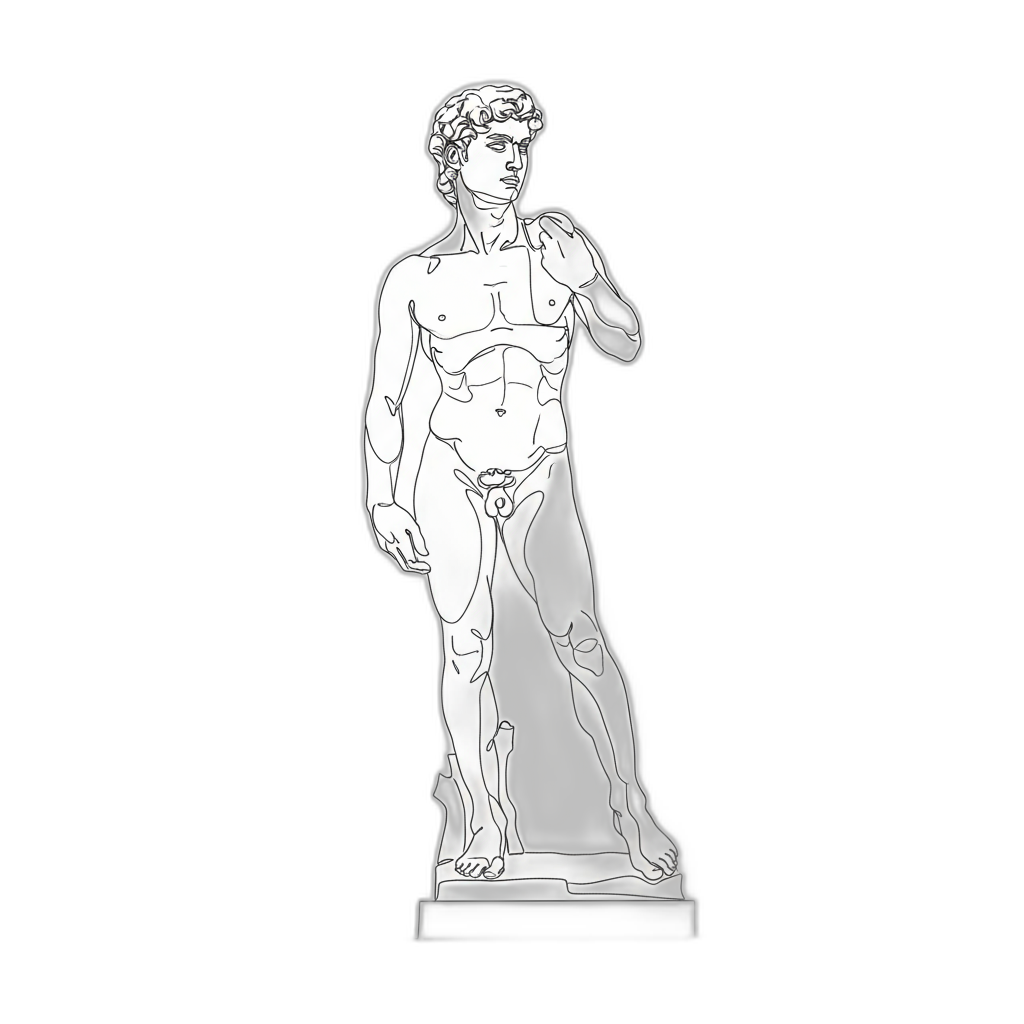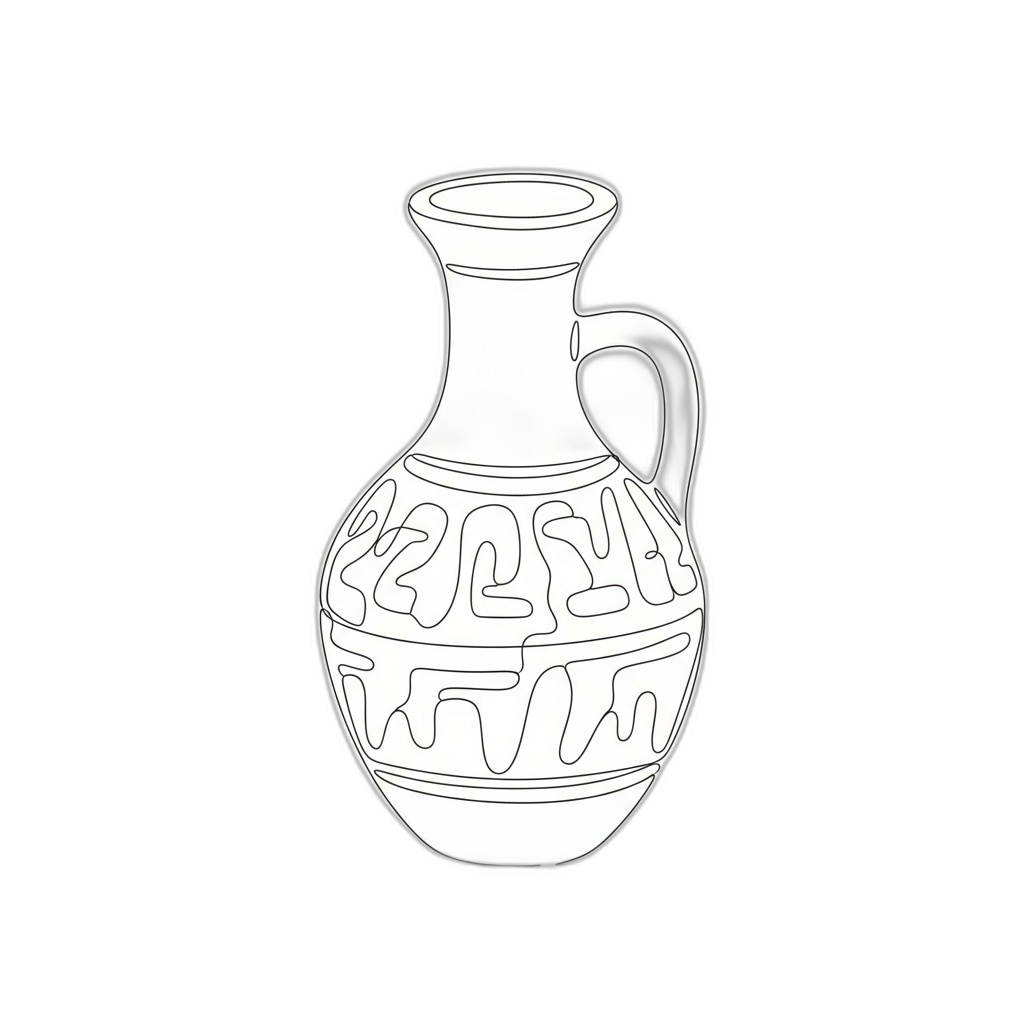






5-Star Service, Trusted & Loved by Hundreds
Your Appraiser Search Ends Here
Your Appraiser Search Ends Here
.avif)

Nationwide Coverage – Appraisals Anywhere in the US

Get it done Onsite or Online

Any Asset, Covered

Defensible for Any Purpose
Frequently Asked
Questions
No Frequently Asked Questions Found.
The program operates through a carefully structured system of payroll taxes, where current workers and their employers contribute funds that directly support present and future beneficiaries. This self-sustaining model ensures that individuals who pay into the system can expect financial support during retirement, in case of disability, or for their dependents in the event of their death.
Social Security encompasses four primary components: Old-Age Insurance, which provides monthly benefits to retirees; Disability Insurance, offering financial support to those unable to work due to medical conditions; Survivors Benefits, which assist family members of deceased workers; and Supplemental Security Income, a need-based program supporting low-income elderly, blind, or disabled individuals.
Beyond its immediate financial support, Social Security plays a pivotal role in reducing poverty among older adults and providing a critical safety net for vulnerable populations. The program continues to evolve, with ongoing discussions about its long-term sustainability and potential reforms to meet changing societal needs. Understanding its structure and benefits remains essential for individuals planning their financial futures and navigating life's complex economic challenges.
The primary purpose of obtaining an appraisal relates to establishing precise documentation of asset values. Social Security administrators require clear, objective evidence of an individual's financial standing, and a professional appraisal provides exactly that. This process helps determine eligibility for various benefit programs, particularly Supplemental Security Income (SSI), where resource limits are strictly defined.
Asset valuation becomes especially important when accounting for real estate, personal property, and other significant holdings. An independent appraisal offers an unbiased evaluation that reflects current market conditions, eliminating potential discrepancies that could impact benefit calculations. This ensures that applicants receive fair consideration based on their true financial circumstances.
Documentation plays a critical role in the Social Security application process. A professionally conducted appraisal provides concrete evidence that supports claims about asset values, potentially expediting the review and approval process. This becomes particularly valuable when dealing with complex financial situations involving multiple assets or changing economic conditions.
Financial landscapes can shift rapidly, making periodic appraisals essential. Changes in property values, inheritance, or personal assets can significantly impact Social Security benefit eligibility. Regular, up-to-date valuations allow individuals to maintain accurate reporting and ensure continued compliance with program requirements.
Moreover, certain legal and administrative scenarios may explicitly require formal asset appraisals. These might include divorce proceedings, estate settlements, or addressing financial hardship claims. In such instances, a professional appraisal serves as an authoritative document that protects an individual's interests and provides clear, objective information.
By approaching Social Security benefits with a comprehensive understanding of asset valuation, individuals can navigate the system more confidently and effectively, ensuring they receive the most accurate assessment of their financial resources.
An artwork appraisal represents a comprehensive professional evaluation that precisely determines the monetary and historical value of an art piece. This meticulous process involves expert assessment of multiple intricate factors that collectively influence an artwork's market worth and significance.
Professional art appraisers employ a sophisticated methodology that examines critical elements such as the artwork's provenance, authenticity, physical condition, current market dynamics, and the artist's reputation. Each of these components plays a crucial role in establishing an accurate and defensible valuation.
The evaluation goes far beyond a simple price assessment. Appraisers conduct detailed investigations that may include forensic analysis of materials, historical research into the artwork's origins, and careful examination of minute details that can substantiate or challenge the piece's perceived value. They leverage extensive knowledge of artistic styles, market trends, and collector interests to provide a nuanced understanding of an artwork's worth.
Different stakeholders rely on artwork appraisals for diverse purposes, including insurance documentation, estate planning, potential sale transactions, and tax compliance. The appraisal serves as an authoritative document that provides clarity and confidence for collectors, institutions, and potential buyers.
The complexity of art valuation requires a sophisticated approach that balances objective analysis with deep understanding of artistic and market contexts. A comprehensive appraisal not only quantifies monetary value but also captures the intrinsic cultural and historical significance of the artwork.
Online artwork appraisals have become increasingly sophisticated, offering art owners a convenient and comprehensive method to determine the value of their pieces. The process typically begins with submitting high-resolution photographs that capture essential details of the artwork. Professional appraisers carefully analyze these images, examining critical aspects such as condition, artistic technique, and distinctive characteristics.
Beyond visual documentation, appraisers collect contextual information through digital communication channels. Owners provide supplemental details about the artwork's provenance, artist background, and historical significance, which help create a more nuanced valuation. This collaborative approach allows for a thorough assessment without the constraints of physical proximity.
Live video consultations have emerged as an innovative component of online art appraisals. Using platforms like Zoom or Google Meet, appraisers can engage directly with clients, rotating artwork, examining specific details, and conducting real-time discussions. This interactive method bridges the gap between digital and in-person assessment, enabling a more dynamic and comprehensive evaluation.
The digital appraisal process offers substantial benefits, including accessibility for individuals in remote locations, flexibility for busy clients, and reduced logistical complexities. Professional appraisers maintain rigorous standards, ensuring that online evaluations are as meticulous and credible as traditional in-person assessments.
Modern technology has transformed artwork appraisals, creating a streamlined, efficient approach that meets the evolving needs of art collectors and owners. By leveraging digital tools and professional expertise, online appraisals provide accurate, comprehensive valuations with unprecedented convenience.
Artwork appraisers are specialized professionals who meticulously assess the value of diverse art forms. Their expertise spans multiple domains, each requiring unique skills and deep knowledge of artistic markets, historical context, and aesthetic evaluation.
Fine art appraisers concentrate on traditional art mediums like paintings, sculptures, and drawings. These experts possess comprehensive understanding of art movements and market dynamics, often developing profound specialization in specific periods such as Impressionism or Contemporary art.
Decorative art appraisers evaluate functional artistic items including furniture, ceramics, glassware, and textiles. Their assessments consider craftsmanship, material quality, historical significance, and provenance, making them invaluable to collectors and antique dealers seeking precise valuations.
Digital art appraisers represent an emerging professional category addressing the rapidly evolving technological art landscape. They specialize in evaluating digital creations, graphic designs, digital paintings, and emerging formats like NFTs, reflecting the dynamic nature of contemporary artistic expression.
Antique appraisers focus on artworks exceeding 100 years in age, conducting thorough examinations that extend beyond aesthetic value. They scrutinize historical importance, authenticity, and originality, distinguishing genuine historical pieces from reproductions and potential forgeries.
Specialty appraisers develop expertise in distinct artistic niches, concentrating on specific artists, regional styles, or unique media such as photography or limited edition prints. Their targeted knowledge enables nuanced, precise valuations within specialized artistic domains.
Institutional appraisers employed by museums, galleries, and cultural organizations perform critical valuation services for collections, exhibitions, and acquisitions. Operating under rigorous ethical standards, they provide essential assessments for insurance, donation, estate planning, and cultural preservation purposes.
Artworks transcend mere visual appeal, representing significant financial and emotional investments. Professional appraisals provide critical insights that extend far beyond simple price determination, serving multiple strategic purposes for art owners.
Insurance protection stands as a primary motivation for artwork appraisals. Without accurate documentation, collectors risk inadequate compensation during loss, theft, or damage scenarios. Precise valuations enable insurance companies to establish appropriate coverage, ensuring financial security for valuable pieces.
Estate planning represents another crucial context for art appraisals. When transferring assets between generations, comprehensive valuations help establish fair market values, potentially mitigating potential tax complications and familial disputes. Executors and heirs gain clarity about the financial landscape of inherited artwork collections.
Charitable donations also benefit from professional appraisals. For artwork valued over specific thresholds, formal assessments become essential for claiming tax deductions. These documentations provide nonprofits with transparent understanding of donated asset values while offering potential tax advantages to donors.
Preparing for potential sales requires nuanced market understanding. Appraisals illuminate current market trends, helping owners set competitive pricing strategies. Whether considering auction placement or private sale, comprehensive evaluations empower informed decision-making.
Investment portfolios increasingly recognize art as a valuable asset class. Professional appraisals help collectors assess artwork's financial potential, tracking appreciation and understanding long-term value trajectories. These insights support sophisticated wealth management approaches.
Authenticity verification represents an often-overlooked yet critical appraisal benefit. Reputable assessments not only determine monetary value but also confirm artwork provenance, protecting collectors from potential fraud and enhancing piece legitimacy.
Ultimately, artwork appraisals represent more than financial transactions—they are comprehensive explorations of cultural, historical, and monetary significance. By bridging emotional attachment and strategic financial planning, professional evaluations offer collectors comprehensive perspectives on their artistic investments.
Understanding Artwork Appraisals
Artwork appraisals are essential evaluations that determine the value of a piece based on various factors such as its artist, provenance, condition, and market demand. This process is particularly important for individuals looking to secure benefits, such as those offered by Social Security, as it provides a standardized and unbiased assessment of the artwork's worth. A qualified appraiser will consider both objective criteria and the current art market trends to establish a fair market value, which can impact benefits or inheritances involving artistic assets.
When it comes to Social Security, individuals may need artwork appraisals for purposes such as asset assessments, disability claims, or estate planning. For example, if someone is applying for disability benefits, an accurate appraisal can help clarify their financial situation by showcasing the true value of their collectible items. Furthermore, artwork appraisals can aid in understanding how assets may be used to meet eligibility requirements, making the value determination crucial for both applicants and their advisors.
It is important to remember that not all appraisers possess the same level of expertise or credentials. Engaging a Certified Appraiser who specializes in fine art can ensure a thorough and reliable evaluation, as they are familiar with the nuances of different art styles, historical significance, and the intricacies of the marketplace. Proper documentation of the appraisal, including a detailed report, can substantiate the value determined and provide necessary proof to Social Security or other institutions when needed.
Why Artwork May Be Considered for Social Security
{object}
{object}
{object}
Types of Artwork Eligible for Appraisal
When it comes to artwork appraisals for Social Security purposes, various types of artwork can be considered. This includes paintings, sculptures, photographs, and mixed media works, among others. Each of these categories encompasses a wide range of styles and artists, which can affect their valuation. Understanding the type of artwork you possess is crucial, as it may impact the appraisal process and the resulting value determined by a qualified appraiser.
Additionally, both original works and reproductions can be eligible for appraisal, though their market value may differ significantly. Original pieces created by noted artists often command higher prices than prints or reproductions, which are typically valued based on the artist's reputation and the condition of the piece. Collectibles, including limited edition prints or pieces with historical significance, may also warrant appraisal as they can reflect unique market demand and value trends.
It's important to consult with an experienced appraiser who specializes in the specific type of artwork you own to ensure an accurate assessment. They will consider factors such as the artist's market history, the artwork's condition, and any unique characteristics that may influence its valuation. Being informed about the different types of artwork and their eligibility for appraisal will help you navigate the process more effectively and ensure that you receive a fair evaluation for Social Security purposes.
The Importance of Accurate Valuation
Accurate valuation of artwork is crucial for individuals applying for Social Security benefits, especially when those benefits are tied to financial need or asset assessment. The value of artwork can significantly impact an individual's financial profile, which Social Security uses to evaluate eligibility. When art is misvalued, it may lead to incorrect benefit determinations, potentially affecting an applicant’s financial stability.
Moreover, the art market can fluctuate, making it essential to obtain a current and precise appraisal. Factors such as the artist's reputation, the artwork's condition, provenance, and market trends all play a role in its overall value. An outdated or inaccurate appraisal can misrepresent an individual’s assets and, as a result, lead to complications or delays in receiving benefits.
By ensuring that artwork is appraised accurately, applicants can avoid potential pitfalls during the Social Security evaluation process. A professional appraisal not only reflects the true market value but also provides a documented basis for any appeals should discrepancies arise. Overall, a thorough and reliable appraisal is integral to navigating the complexities of Social Security requirements and achieving a fair assessment of one's assets.
Factors Influencing Artwork Value
The value of artwork is influenced by a multitude of factors, each of which plays a crucial role in determining its overall worth. One of the primary elements is the artist's notoriety; works by renowned artists often command higher prices due to their established reputation and historical significance. Additionally, the provenance, or the artwork's history of ownership, can greatly impact its value, as pieces with a well-documented background often attract more interest from collectors and institutions alike.
Condition and quality are other vital factors that affect the value of artwork. A piece that has been well-preserved and is in excellent condition will generally fetch a higher price than one that shows signs of wear and damage. Furthermore, market demand can fluctuate due to trends and personal tastes, making it essential for appraisers to stay informed about current valuations and movements within the art world. Eventually, all these elements combine to establish a comprehensive understanding of an artwork's value, especially when it comes to appraisals for Social Security purposes.
The Artwork Appraisal Process
The artwork appraisal process involves a detailed evaluation of a piece's artistic, historical, and market value. Initially, the appraiser may gather information about the artist, provenance, and previous sales data, which are crucial for establishing a reliable estimate. This step often requires thorough research, including examination of art market trends and relevant auction sales, to contextualize the artwork within its specific niche. By compiling this information, the appraiser sets a foundation for a well-informed assessment.
Once the necessary background research is completed, the appraiser inspects the artwork in person, noting its condition, size, medium, and any unique characteristics that may affect its value. This physical examination helps to identify any restoration work or damages that could influence the appraisal outcome. In addition to the visual inspection, the appraiser may employ specialized tools to analyze the materials and techniques used, ensuring an accurate appraisal that reflects the piece’s true worth.
Finally, the appraiser compiles their findings into a formal report, which includes a detailed description of the artwork, photographs, and the final valuation. This report serves not only as a documentation of the artwork's worth but also as a crucial document for social security purposes, should the need arise. Clear and concise reporting is essential, as it provides stakeholders with a comprehensive understanding of the piece's value within the art market and aids in any financial or insurance-related decisions.
Choosing a Qualified Artwork Appraiser
Selecting a qualified artwork appraiser is a crucial step in ensuring that your artwork is accurately valued, particularly for social security purposes. Start by looking for an appraiser who holds relevant certifications from recognized professional organizations, such as the American Society of Appraisers or the Appraisers Association of America. These certifications indicate that the appraiser has undergone rigorous training and adheres to professional standards, which can enhance the credibility of the appraisal.
Experience in the field of artwork appraisal is another key factor to consider. Look for an appraiser who specializes in the type of artwork you own, whether it be paintings, sculptures, or decorative arts. Evaluating their portfolio and client testimonials can provide valuable insights into their expertise and reliability. An appraiser with a strong background in the specific category of your artwork is more likely to provide a thorough and accurate valuation.
Additionally, ensure that the appraiser you choose practices transparency in their methodology and reporting process. A qualified appraiser should be willing to explain how they arrived at the artwork's value and provide a detailed written report that outlines their findings. This transparency not only fosters trust but also ensures that the appraisal can be defended if questioned by the Social Security Administration or other entities. By taking the time to choose a qualified appraiser, you can feel confident that your artwork's value is well established.
Documentation Required for Artwork Appraisals
When preparing for an artwork appraisal, it is essential to gather comprehensive documentation that will support the value assessment. This can include provenance records, which track the ownership history of the artwork, as well as any certificates of authenticity provided by recognized institutions or experts. Additionally, details such as previous sale records, exhibition histories, and any relevant catalog information can play a vital role in establishing the artwork's legitimacy and market value. Such documentation not only enhances the appraisal process but also provides invaluable context for potential buyers or estate planners.
Moreover, it's advisable to compile high-quality photographs of the artwork from multiple angles, along with details about its dimensions and condition. Appraisers may also require any insurance policies or previous appraisals that pertain to the piece, as these will further inform the current market evaluation. Having a well-organized dossier of these materials can ensure a smoother appraisal process and can help appraisers arrive at a more precise and substantiated value for the artwork, meeting both personal and legal requirements such as those set by Social Security.
Common Misconceptions About Artwork Valuations
When it comes to artwork appraisals, a common misconception is that the value of art is purely subjective and cannot be accurately quantified. While personal taste can influence individual opinions about art, professional appraisers utilize established methods, market data, and various valuation approaches to derive objective values. These appraisals take into account factors such as provenance, artist reputation, condition, and current market trends, creating a comprehensive perspective on the artwork's worth.
Another misleading belief is that only famous or high-ticket artworks require formal appraisals. In reality, any piece of artwork, regardless of its perceived market value, can benefit from a professional appraisal, especially when dealing with legal matters such as Social Security claims, estate settlements, or tax assessments. Having an accurate valuation ensures that all artworks are fairly represented, which is crucial when submitting claims or assessments to governmental bodies.
Furthermore, some individuals think that appraisals are one-size-fits-all and can be performed by anyone with a basic understanding of art. However, credible artwork appraisals should be conducted by qualified professionals with specific expertise in the art market and experience in assessing various styles and forms. This level of knowledge ensures that all aspects of the artwork are thoroughly evaluated, making the appraisal both accurate and defensible in any legal or financial discussions.
How Artwork Appraisals Affect Social Security Benefits
Artwork appraisals hold significant importance when it comes to Social Security benefits, particularly for individuals who may have inherited valuable pieces or possess artwork as part of their financial assets. Accurate appraisals can provide essential insight into the fair market value of such items, which is crucial for determining one's overall asset portfolio. This valuation plays a pivotal role in asset-based programs, ensuring that beneficiaries receive the appropriate level of support according to their financial standing.
Moreover, art can significantly influence eligibility for specific Social Security benefits, such as Supplemental Security Income (SSI). Since SSI is designed for individuals with limited income and resources, having an artistic collection that exceeds certain value thresholds can affect an applicant's ability to qualify. Therefore, it's essential to understand how artwork fits into the overall assessment of assets and how appraisals can clarify this aspect during the evaluation process.
In addition to affecting benefits directly, artwork appraisals can serve as a strategic financial tool. By having an established value for art, individuals can make informed decisions regarding potential liquidation, gifting, or estate planning. This insight is not only beneficial for personal financial management but also provides clarity when facing Social Security assessments, ensuring that all relevant assets are transparently reported and accurately valued.
Preparing for an Artwork Appraisal
Preparing for an artwork appraisal involves several key steps to ensure that the process is efficient and thorough. Start by gathering all necessary documentation related to the artwork, including provenance, purchase receipts, and any previous appraisals. This information not only helps appraisers understand the history and value of the piece but also aids in establishing authenticity. Additionally, consider taking high-quality photographs of the artwork to present during the appraisal, as visual documentation can greatly enhance the appraisal process.
It's also important to prepare any specific questions you may have about the artwork or the appraisal process itself. Understanding the appraiser's qualifications and expertise can provide insight into the potential value assessment. Lastly, be open to discussing the artwork's condition, as this can significantly impact its valuation. Ensuring a comprehensive understanding and preparation will lead to a more productive appraisal experience, ultimately serving your needs related to social security and beyond.
Frequently Asked Questions About Artwork Appraisals for Social Security
Artwork appraisals for Social Security are essential for individuals looking to assess the value of their art collections for various purposes, including estate planning and financial management. These appraisals can play a crucial role in determining eligibility for benefits, assessing inheritances, or facilitating equitable distribution within estate matters. Understanding the factors that influence the value of artwork, such as artist reputation, provenance, and market trends, is vital for an accurate appraisal.
When seeking an artwork appraisal for Social Security, it’s important to engage qualified appraisers who have specialized knowledge in art valuation. Professional appraisers are trained to evaluate the various elements that contribute to an artwork's value, including condition, historical background, and artistic significance. This expert perspective not only adds credibility to the appraisal but also ensures compliance with Social Security requirements, making it a crucial aspect of any financial strategy involving significant art assets.
Many individuals wonder how the appraisal process works and what documentation is needed. Typically, appraisers require as much information as possible about the artwork, such as purchase receipts, background information on the artist, and previous appraisals if available. By thoroughly preparing these details, clients can facilitate a smoother appraisal process, ultimately leading to a fair and comprehensive valuation that can be used for Social Security and other related matters.
View all Locations
BEST-IN-CLASS APPRAISERS, CREDENTIALED BY:
























.svg)









